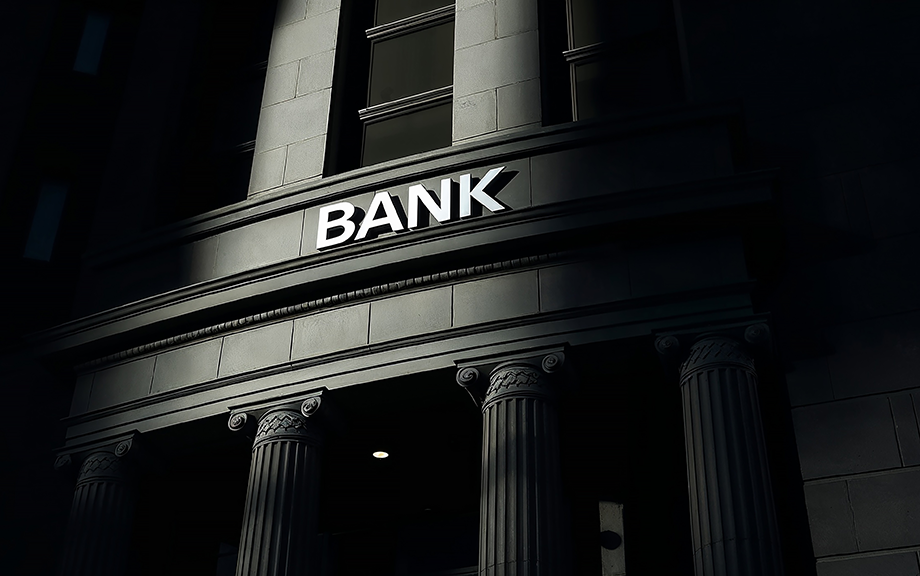How Shadow Banking Reshapes the Optimal Mix of Regulation

Decisions that are privately optimal often impose externalities on other agents, giving rise to regulations aimed at implementing socially optimal outcomes. In the banking industry, regulations are particularly heavy, plausibly reflecting a view by regulators that the relevant externalities could culminate in financial crises and destabilize the broader economy. Over time, the toolkit for regulating banks and bank-like institutions has expanded, as has banks’ restructuring of activities into shadow banking to lessen the regulatory burden. This post, based on our recent Staff Report, explores the optimal mix of prudential tools for bank regulators in a wide range of environments.
Are Nonbank Financial Institutions Systemic?

Recent events have heightened awareness of systemic risk stemming from nonbank financial sectors. For example, during the COVID-19 pandemic, liquidity demand from nonbank financial entities caused a “dash for cash” in financial markets that required government support. In this post, we provide a quantitative assessment of systemic risk in the nonbank sectors. Even though these sectors have heterogeneous business models, ranging from insurance to trading and asset management, we find that their systemic risk has common variation, and this commonality has increased over time. Moreover, nonbank sectors tend to become more systemic when banking sector systemic risk increases.
The Disparate Outcomes of Bank‑ and Nonbank‑Financed Private Credit Expansions

Long-run trends in increased access to credit are thought to improve real activity. However, “rapid” credit expansions do not always end well and have been shown in the academic literature to predict adverse real outcomes such as lower GDP growth and an increased likelihood of crises. Given these financial stability considerations associated with rapid credit expansions, being able to distinguish in real time “good booms” from “bad booms” is of crucial interest for policymakers. While the recent literature has focused on understanding how the composition of borrowers helps distinguish good and bad booms, in this post we investigate how the composition of lending during a credit expansion matters for subsequent real outcomes.











 RSS Feed
RSS Feed Follow Liberty Street Economics
Follow Liberty Street Economics